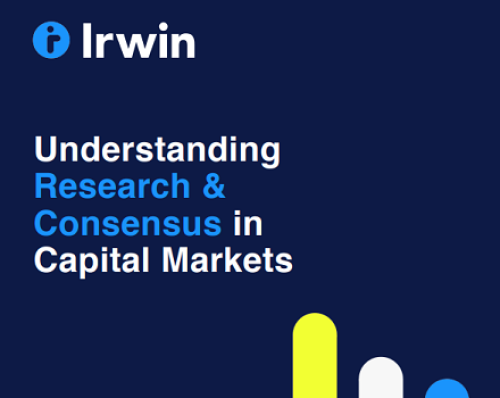Going public can be complex, expensive and time-consuming, with new challenges, expectations and stakeholders: analysts, investors, activists, regulators and media. How they view the IPO and the company over time can weigh on the company’s performance and perhaps the CFO’s own tenure.
Managing the new pressures requires strong investor relations, but the starting point is not the quarterly close or the earnings call. Rather, it’s having a compelling investment thesis, defining the desired investor base that aligns with your thesis and risk profile, assembling relevant and timely information and insights to guide investors to management’s view of the stock’s value, telling a compelling and credible story to the Street and managing investor perceptions in the aftermarket.
What’s your investment thesis?
Given investors’ many alternatives to invest their capital, it’s vital to have a clear and sound investment thesis. What is the investment opportunity and potential future value your company offers? How will you create long-term value for the investors you seek and differentiate it from what competitors offer? Remember, value is an interpretation that investors make of the facts they have at their disposal about future expectations, not historical performance. It’s the job of management and IR to shape investors’ expectations of the company’s future performance and gain their confidence. How well that’s done can significantly impact the stock’s valuation during the IPO and over time.
As a company’s business strategy evolves, its investment thesis may change, but it should remain the cornerstone of how CFOs and other executives communicate with the Street. Periodically, consider re-evaluating what makes the company an attractive investment with facts to support your views. Beware: complexity is the enemy of valuation. Investors seek certainty and they may invest elsewhere if your investment thesis and communications are complicated.
What type of investor do you want?
The growth in asset classes has elevated the importance for CFOs and IR to understand the type of investors that align with their company’s investment thesis, and engage with them routinely. When planning your IPO, think about what type of investors best align with your company’s investment thesis, risk profile and capital needs, and consider whether your investment thesis aligns with these objectives. Do you seek investors with a long-term orientation that desire consistent, steady returns? Or are investors that are willing to forgo short-term returns for long-term growth a better fit?
A mismatch of expectations can create volatility in your stock. It is important that this be carefully considered in the lead-up to the IPO and roadshow and actively managed in the aftermarket. Beware other investor types that can impact the stock, such as high-frequency traders, ETFs and mechanical traders that use algorithms.
What information does the Street need to value your stock, and how will you build it?
The market’s need for information is insatiable. CFOs and IR must determine what information is needed and when, who will produce it and how to glean insights to guide the market to their view of the stock. How might investors and analysts value the company, what models might they use? CFOs and IR also need intelligence and tools to track the company’s performance relative to its peers and identify developments that could boost or threaten the stock’s performance. Considerable planning should go into the process and systems for producing information needed to convey the company’s strategy, progress and story. The more systematized the process, the more time for analyzing data for insights, trends and KPIs.
What message will you send to the Street?
After the IPO, the CFO and other leaders must sustain the company’s story in the marketplace, routinely providing information and leveraging analysts and media to help create demand for the stock. It’s critical for the C-suite and management to align on the company’s message to the market on why their stock is an attractive investment.
They should ask: how do our decisions, culture and behavior support our value proposition to investors? The answers can inform the IR plan to make clear the company’s strategy and how it will be executed to build shareholder value. Another key question surrounds earnings guidance. Some companies have shifted from quarterly to annual guidance to take a longer-term focus; others don’t provide any guidance whatsoever.
Are you prepared to manage post-IPO?
The pressure to manage investor perceptions may increase in the aftermarket. CFOs and IR must continually monitor investors’ sentiment toward the company, its stock, investment thesis, leadership and other factors – especially in the event of a crisis. With the transparency of information and social media today, investors can easily punish the stock of a company that takes too long to address a negative event.
Some companies fail to think through these and other issues and how they’re interconnected before going public. Once leaving the private arena for the public spotlight, it can be difficult to take time to reflect on the big picture: continually connecting the investment thesis to strategy, operations and performance, and gathering data and insights to help demonstrate to investors that their stock is a solid investment.
This publication contains general information only and Deloitte is not, by means of this publication, rendering accounting, business, financial, investment, legal, tax, or other professional advice or services. This publication is not a substitute for such professional advice or services, nor should it be used as a basis for any decision or action that may affect your business. Before making any decision or taking any action that may affect your business, you should consult a qualified professional adviser. Deloitte shall not be responsible for any loss sustained by any person who relies on this publication.










